In 2014, an exhibition of watercolours by the renowned avian artist, John James Audubon, opened in New York. The reviews, from the New York Times to the Guardian, were unambiguously enthusiastic, celebrating the painter as a legendary genius who ‘exceeded the limits of his era’. Fast forward eight years, and a rather different vibe hangs over the latest outing of his bird portraits, one that reflects both the limits of that era and the limits of the man.
Visitors to the National Museum of Scotland’s Audubon’s Birds of America are welcomed with an acknowledgment that the artist was ‘full of contradiction and controversy’. His charge sheet is substantial. It’s not his fault that he was the son of a slave trader, but he did choose to profit from buying and selling enslaved people at a time when the abolition movement was in full swing. That alone might be enough to see him totally cancelled.
Add to this a negligent approach to scientific rigour, a willingness to falsify data or just make up species, a disinclination to credit collaborators and a bloodthirsty enthusiasm for slaughtering his subjects and, frankly, it’s a miracle this exhibition even exists. And we haven’t even started on the romance with phrenology that saw him steal Mexican soldiers’ skulls from a battlefield to pass on to his racist quack chums. Even by the standards of his time, let alone ours, Audubon was a wrong ’un.
Nevertheless, the exhibition is here and for that I suppose we must thank the museum for its unfashionable willingness to disentangle the work from the man, because the art on display remains astounding.
In about 1820, Audubon set out to paint every bird species in America. He travelled the country observing, capturing and killing specimens. His signature approach was to take the corpses and arrange them in elaborate, lifelike poses, wings held aloft by wires, necks twisted in dramatic fashion. Critics argued that Audubon’s poses were unnatural fabrications, sexed up with anthropomorphised expression and unscientific emotional drama. All of which is both true and one of the reasons his works remain so popular. If Thomas Bewick had depicted his eagle screaming lustily as it skewers a rabbit’s blood-dripping eyeball with an extravagant talon, someone might pay $8.8 million for a book of his prints too.
But Audubon the artistic showman was shunned by a sniffy scientific community in the States, possibly because of his humble background or perhaps because they saw him as a charlatan, and struggled to make his birds profitable. So, in 1826, he arrived in Britain, industriously presenting himself as a daring artist-scientist ‘woodsman’. He swaggered around Enlightenment salons dressed like Davy Crockett, his long hair oiled with bear fat, and the British lapped it up. Their investments enabled him to begin production of the folios that would make his name.
The result was the creation of 435 life-sized, engraved, hand-coloured prints, based on his original watercolour studies. The prints were created first in Edinburgh by William Lizars, and then London, by Robert Havell and son. Audubon has historically taken all the credit but the engravers’ skill elevated his original paintings to the exquisite. The prints are spectacular in their clarity, sparing in their composition and seductive in their elegance. They impose stylistic drama through tightly defined line and detailed layers of colour, applied by an army of uncredited, expert colourists.
The exhibition is an ornithologist’s dream. Here are some mockingbirds fighting off a rattlesnake, there some cheery, doomed Carolina parrots (see below), now extinct. A pair of peregrine falcons feast on the downy remains of ducks, a wild turkey and its brood quest across a marshy landscape. All thrum with life and character and beauty.
 Detail from a print depicting Carolina parrots, from Birds of America by John James Audubon Claudia Massie. Credit: © National Museums Scotland
Detail from a print depicting Carolina parrots, from Birds of America by John James Audubon Claudia Massie. Credit: © National Museums Scotland
Contradictory as ever, Audubon simultaneously fretted over the future of his birds and killed them in vast numbers. But he was genuine in his proto-conservation and his best scientific endeavours have had a lasting legacy. He was probably the first person to ring birds in America and more than 20 species identified by him are still recognised today.
Across the States, numerous conservation groups are named after him. But the foremost of them, the Audubon Naturalist Society, recently announced it would be dropping his name. With reputations now as fugitive as these prints’ light-sensitive inks, maybe time’s up for Audubon. Catch him while you can.
Got something to add? Join the discussion and comment below.
Get 10 issues for just $10
Subscribe to The Spectator Australia today for the next 10 magazine issues, plus full online access, for just $10.
You might disagree with half of it, but you’ll enjoy reading all of it. Try your first month for free, then just $2 a week for the remainder of your first year.

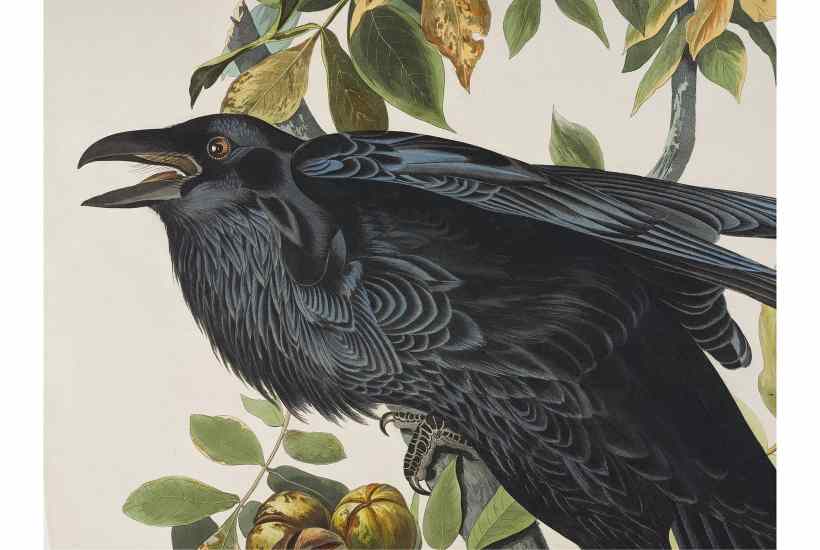
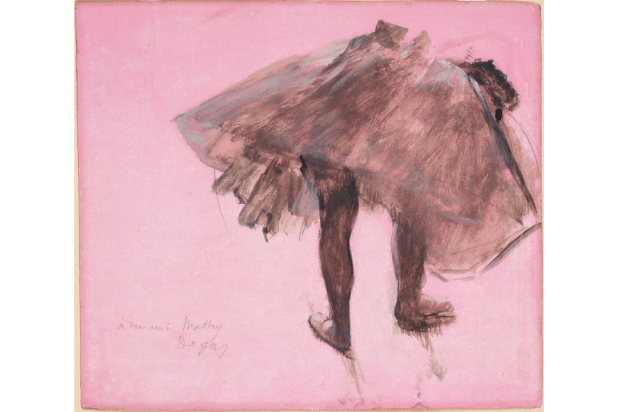
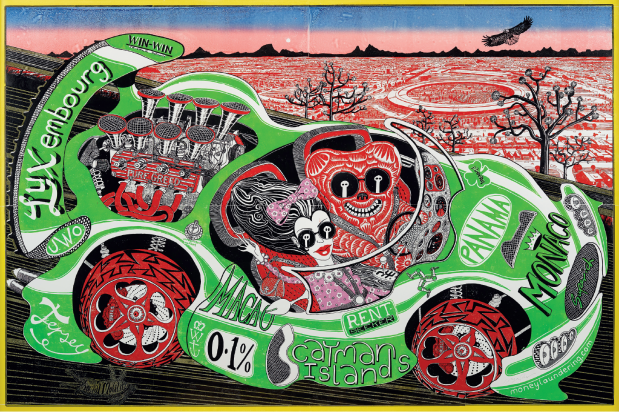
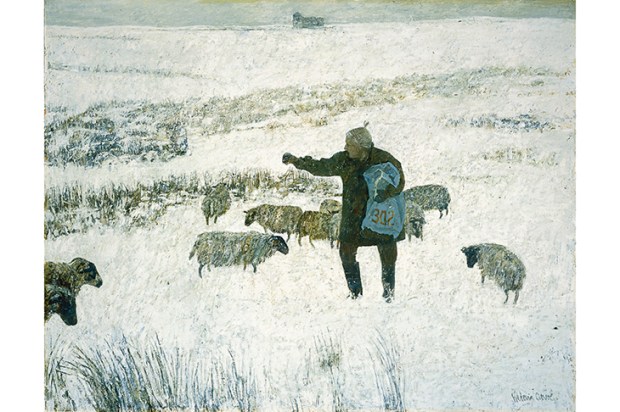
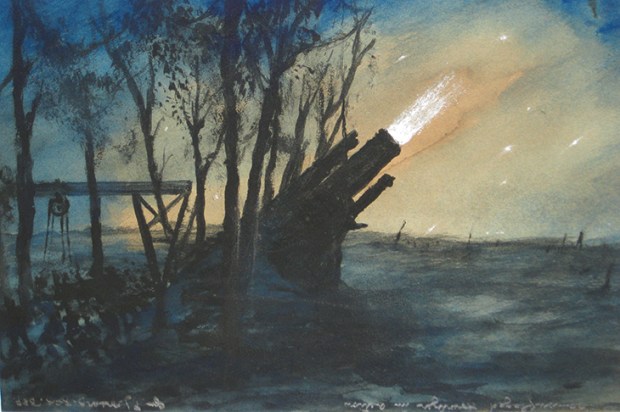
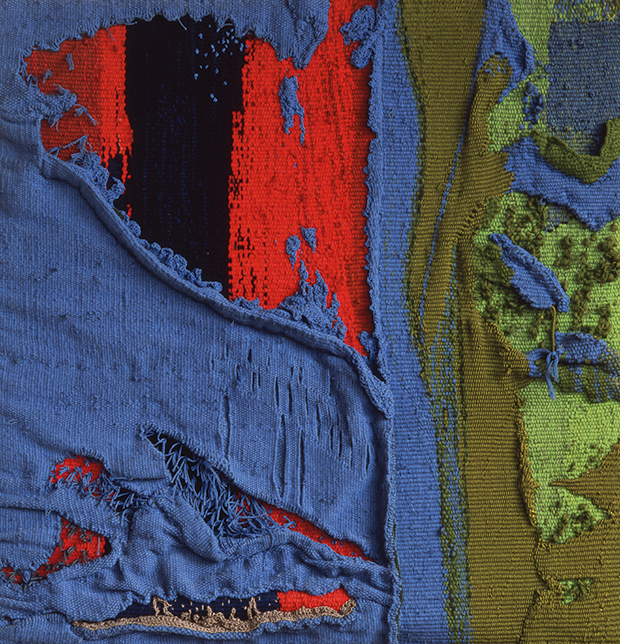







Comments
Don't miss out
Join the conversation with other Spectator Australia readers. Subscribe to leave a comment.
SUBSCRIBEAlready a subscriber? Log in